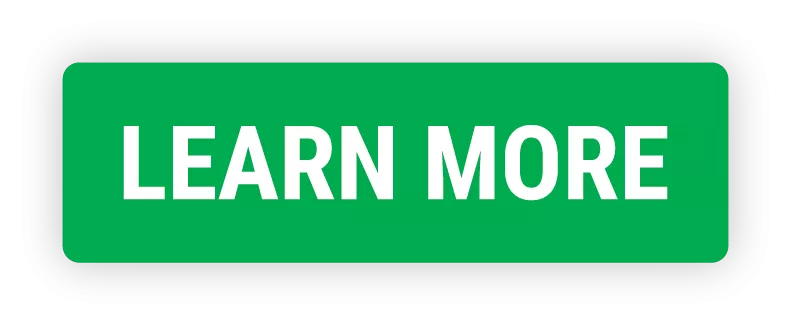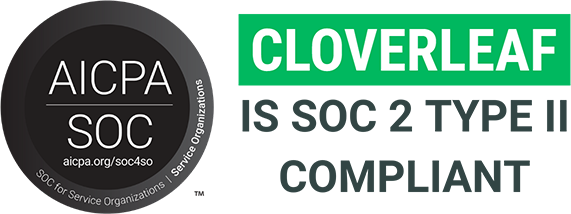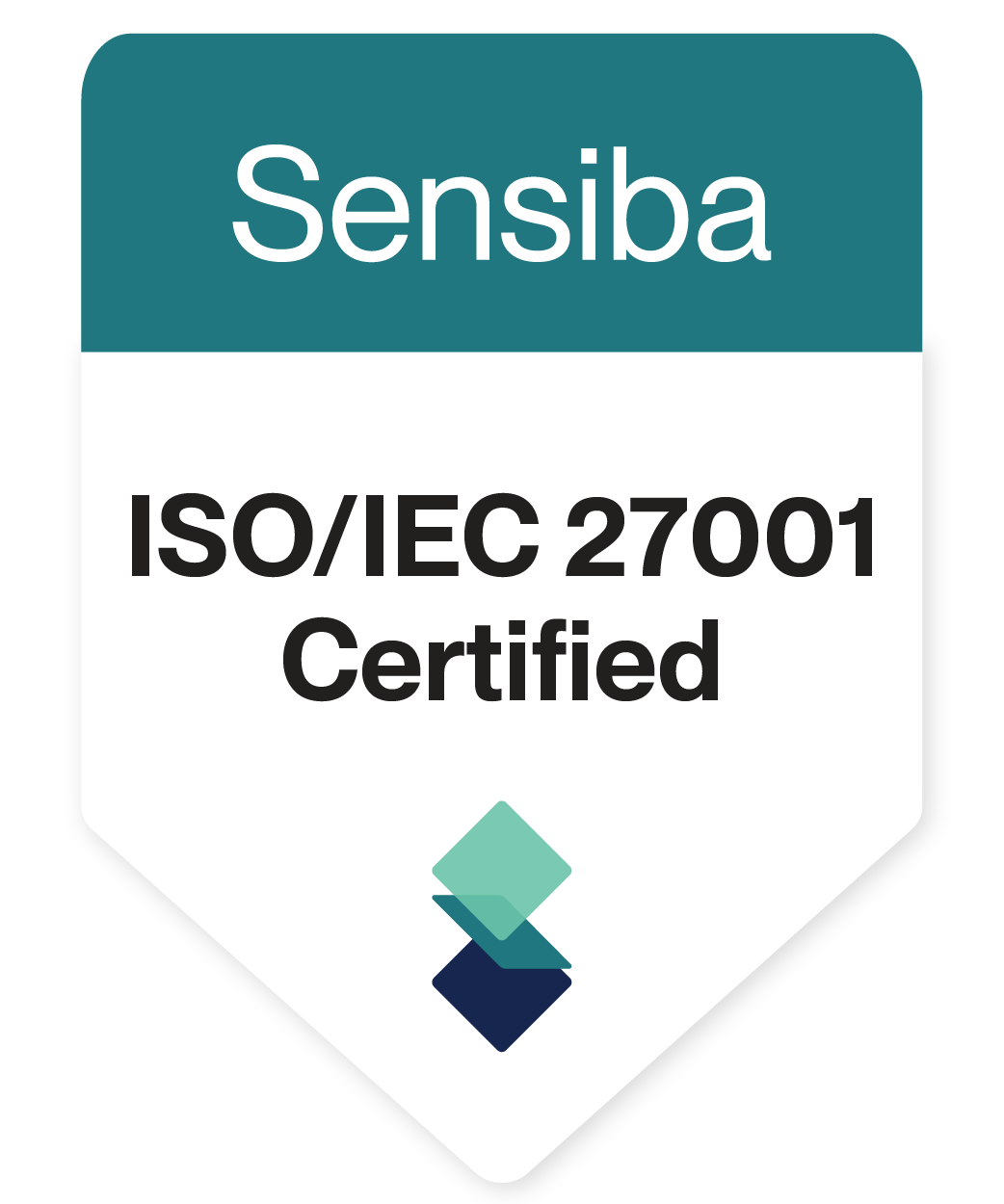Leadership coaching is one of the most effective ways to develop strong, capable leaders—yet, in many organizations, it’s still reserved for executives. The reality is, leadership happens at every level. First-time managers, mid-level leaders, and senior executives all face moments where they need guidance, perspective, and support to navigate challenges and grow.
But leadership development doesn’t happen by accident. Great leaders aren’t just born—they’re shaped through self-awareness, feedback, and continuous coaching that helps them improve how they communicate, make decisions, and develop their teams.
Yet most companies don’t provide leadership coaching where it’s needed most.
👉 68% of managers have never received formal leadership training—leaving them to figure it out on their own. (Source: The HR Director)
👉 46% of managers have been asked to provide more constructive feedback, but only 28% feel HR has prepared them for it. (Source: Lattice State of People Strategy Report)
👉 Only 30% of HR leaders say their leadership programs are effectively preparing leaders for future challenges. (Source: Gartner: Top 5 Priorities for HR Leaders in 2025)
For leadership coaching to truly work, it can’t just be a one-off experience or a luxury for a select few. It needs to be practical, relevant, and integrated into the daily moments where leadership actually happens—whether that’s navigating team conflict, giving tough feedback, or adapting to change.
The question isn’t whether leadership coaching is valuable—it’s how to make it work for more people in a way that’s meaningful, actionable, and built to last.
Get the free guide to close your leadership development gap and build the trust, collaboration, and skills your leaders need to thrive.
What Is The Goal Of Leadership Coaching
Leadership coaching is the process of helping leaders improve how they interact with others, make decisions, and develop their teams. It’s not just about individual self-improvement—it’s about equipping leaders to create real impact in their organizations.
A great leader isn’t someone with all the answers. It’s someone who knows how to ask the right questions, adapt to different situations, and bring out the best in others. Leadership coaching provides structured guidance to help leaders grow—not in isolation, but in the context of their teams, their challenges, and their day-to-day decisions.
3 Ideas That Strengthen Leadership Coaching’s Impact
Most leadership coaching follows a traditional, one-on-one model—focused on individual growth, often reserved for executives or high performers. But practicing leadership isn’t just a top-level function—it can happens at every level of an organization.
✅ Leadership coaching should be accessible at every stage.
From first-time managers to senior executives. When mid-level leaders don’t get coaching, they’re left to figure things out alone, which weakens teams and slows progress.
✅ Leadership coaching isn’t just about the leader—it’s about the team.
Leadership doesn’t happen in a vacuum. Effective coaching helps leaders understand their teams’ unique dynamics, improve collaboration, and create an environment where people can thrive.
✅ Leadership coaching should be integrated into daily work—not just scheduled sessions.
Leaders don’t need advice weeks after a tough conversation—they need guidance in the moment, when it matters most.
Make Your Leadership Coaching More Impactful
See How High Performing Teams Use Tech To Equip Their Leaders

Great Coaching Can Lead To A High-Performing Culture
🟢 Self-awareness that leads to action.
Leaders need more than just insight into their strengths, biases, and blind spots—they need to know how to apply that awareness in real interactions. Coaching ensures that self-awareness isn’t just theoretical, but something leaders can actively use to make better decisions and foster stronger teams.
🟢 A focus on building strong teams.
Coaching isn’t just about making a leader better—it’s about helping them bring out the best in others, develop talent, and build trust. When leaders are supported through coaching, they create environments where people feel heard, valued, and empowered to perform at their best.
🟢 Actionable feedback, not vague theories.
Effective leadership coaching offers practical, real-time insights leaders can apply immediately—not just high-level concepts about leadership. The best coaching doesn’t just teach theory; it helps leaders navigate the complexities of managing people, giving feedback, and driving change in the moment
🟢 Scalability and consistency.
Coaching should be continuous, relevant, and available to every leader—not a one-time experience for a select few. When coaching is integrated into daily work, it becomes a consistent driver of growth, rather than an occasional intervention.
The impact is real. One study found that for every $1 spent on coaching, companies saw a return of over $7. Coaching doesn’t just develop better leaders—it leads to smarter decisions, stronger teams, and better business outcomes. When leaders are equipped with the right coaching, they reduce costly mistakes, improve retention, and create cultures of accountability that drive long-term success.
Impactful leadership coaching strategies realize it isn’t just about developing individuals—it’s about changing how leadership happens in an organization. When development opportunities are embedded into daily work—instead of separate initiatives—the effects of coaching start to drive real, lasting change.
4 Principles That Make Leadership Coaching More Effective?
Coaching is about helping leaders apply new learning and discovery to improve team dynamics, decision-making, and workplace culture. But for coaching to drive lasting impact, it has to be personalized, relevant, team-centered, and continuously reinforced.
Let’s break down the key principles that make leadership coaching effective.
1. Personalization: Coaching Should Be Tailored to the Leader and Their Team
No two leaders—or teams—are the same. Coaching should be customized to individual strengths, leadership styles, and team dynamics rather than following a generic framework.
How Personalization Makes Leadership Coaching More Effective
✅ Self-awareness is At The Core Of Better Leadership
Leaders who understand their own tendencies, strengths, and blind spots can make better decisions, communicate more effectively, and create environments where people thrive.
- Behavioral assessment platforms with tools like DISC, MBTI, or Enneagram help leaders understand their natural tendencies, communication styles, and decision-making patterns.
- Strength-based assessments (like CliftonStrengths®) highlight what energizes leaders, helping them maximize their potential.
- When assessment insights can be layered, even better! Leaders get a multi-dimensional view of themselves and their teams—leading to more targeted coaching and better results.
✅ Leadership Coaching Should Adapt to the Team, Not Just the Leader
Leadership isn’t just about self-improvement—it’s about building strong teams. Coaching should help leaders:
- Recognize and adapt to different working and communication styles within their team.
- Navigate team dynamics more effectively, building trust and collaboration.
- Lead in a way that aligns with their team’s strengths—not just their own.
When leaders and teams can both be part of the coaching process, the impact is deeper and longer-lasting. Assessments are just one tool that can make coaching more personal, actionable, and relevant—leading to stronger teams and better leadership at every level.
2. Contextual Relevance: Coaching Should Happen When It Matters Most
Leadership isn’t learned in a vacuum. Leaders need coaching in the moments where leadership skills are required—when they’re giving feedback, navigating conflict, or making tough decisions.
⏳ Why Timing Matters in Leadership Coaching:
Often, coaching opportunities happen out of sync with the actual leadership challenges the individual is facing. A one-hour session weeks before or after a tough conversation doesn’t help a leader navigate it in real time.
Leaders need coaching in the moment, when decisions are being made, feedback is being given, and challenges arise—not weeks later when the details are fuzzy.
Leaders don’t have time to dig through notes from past coaching sessions. They need quick, relevant guidance when they’re about to have a one-on-one, handle a conflict, or make a big decision.
Digital coaching tools can integrate coaching insights directly into platforms like Slack, Outlook, Gmail, and team dashboards, so leaders get nudges right when they need them—not as an afterthought.
Instead of hoping leaders remember what they learned in a coaching session, automating coaching nudges makes insights part of their daily workflow, helping them adjust, improve, and lead better day in and day out.
3. Team-Centered Coaching: Leadership Coaching Should Strengthen the Entire Team
A leader’s success isn’t measured by their individual growth—it’s measured by how well they develop and empower their team. Coaching should help leaders strengthen collaboration, build trust, and bring out the best in others.
This shift from individual leadership coaching to collective leadership coaching is gaining momentum. Many organizations are recognizing that coaching shouldn’t just focus on one leader at a time—it should strengthen leadership across an entire team or organization.
✅ Organizations Are Moving Toward Collective Leadership
- According to DDI’s 2023 Global Leadership Forecast, only 12% of companies feel confident in their leadership bench strength.
- To address this gap, progressive organizations are shifting toward group coaching and team-based leadership development that breaks down silos, encourages shared learning, and creates accountability among peers (td.org.)
- Instead of viewing leadership as an individual skill, collective coaching builds leadership capacity across an entire organization—ensuring teams, not just individuals, are equipped to lead.
✅ Leaders Need Coaching on How to Motivate, Delegate, and Give Feedback
- Coaching is about equipping a leader to create an environment where people can thrive.
- This includes how to provide feedback, resolve conflict, and navigate team challenges—not just how to improve their own leadership skills.
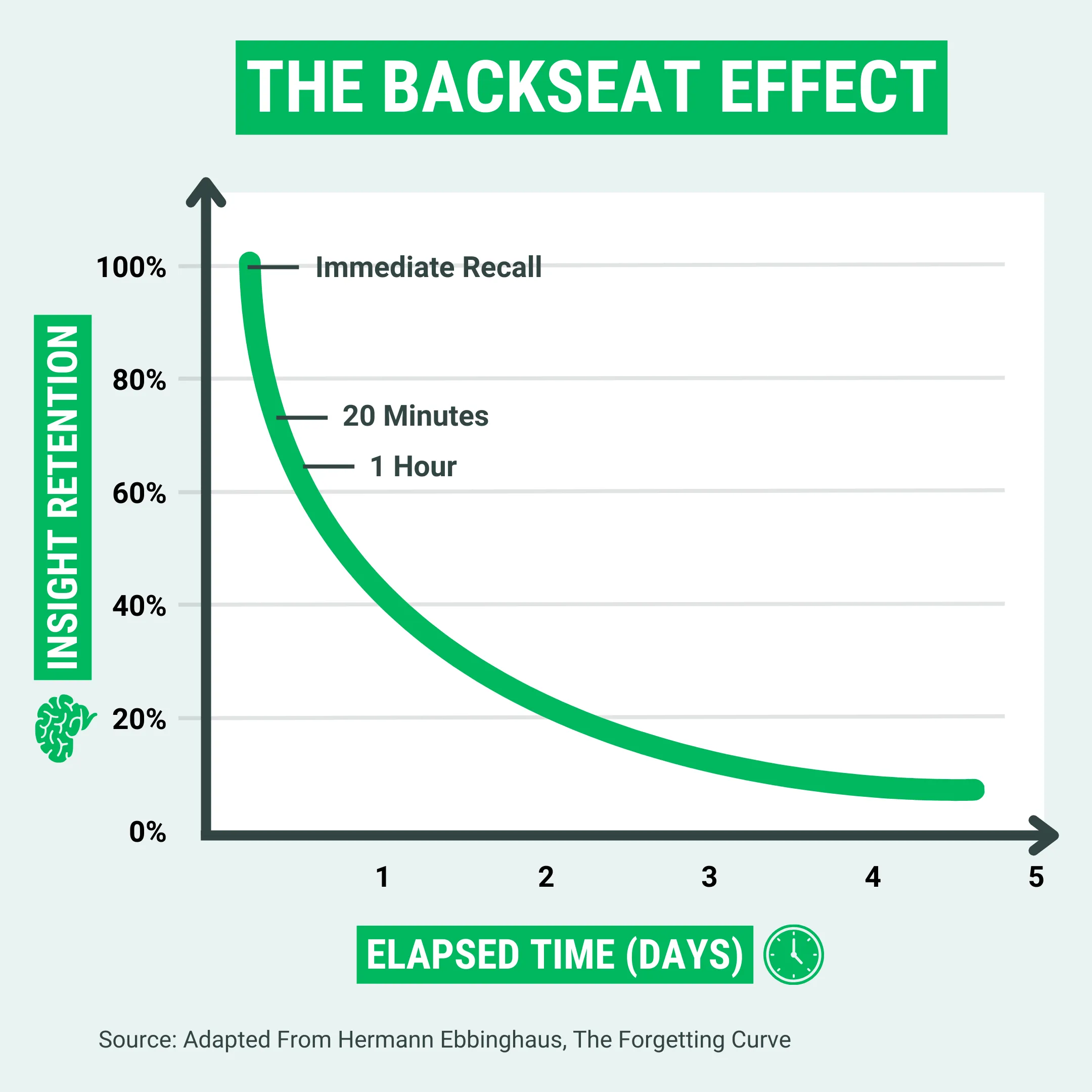
4. Continuous Reinforcement: Coaching Should Be an Ongoing Process, Not a One-Time Event
One of the biggest gaps in leadership coaching is sustainability. Too often, coaching happens in isolated moments—a workshop, a quarterly session—but fails to create lasting behavior change.
How Continuous Coaching Strengthens Leadership Development:
✅ Reinforcement Drives Retention & Real Behavior Change
- Ebbinghaus’s Forgetting Curve shows that people forget up to 70% of what they learn within 24 hours unless it’s reinforced.
- Micro-coaching nudges—like the ones Cloverleaf delivers—help keep leadership concepts top of mind and ensure they’re applied continuously.
✅ Embedding Coaching Into Daily Work Makes It Scalable
- Leadership coaching shouldn’t be a separate initiative—it should be integrated into daily interactions.
- With ongoing, accessible coaching, leaders don’t just get support when they schedule it—they get continuous, relevant insights that shape how they lead every day.
Leadership coaching is most effective when it moves beyond one-size-fits-all approaches and becomes personalized, contextual, team-centered, and continuous.
Organizations that embrace these coaching principles by leveraging assessments, contextual insights, and continuous reinforcement—will develop stronger leaders, more engaged teams, and a leadership culture that scales across every level.
How to Scale Leadership Coaching Beyond the C-Suite
Most leadership coaching is still reserved for senior executives. Traditional coaching models—like one-on-one coaching engagements—are expensive, time-consuming, and difficult to scale. As a result, mid-level managers and first-time leaders often don’t get the support they need.
But leadership isn’t just a top-level function. If coaching is only available to a select few, organizations miss a massive opportunity to strengthen leadership across the board.
To scale leadership coaching in a way that’s both effective and sustainable, organizations need a model that:
✅ Supports leaders at every level, not just executives.
✅ Provides on demand, relevant coaching—not just scheduled sessions.
✅ Uses technology to make coaching accessible, personalized, and continuous.
Why Many Coaching Models Cannot Scale
One-on-one coaching has long been the standard, but it comes with significant limitations when it comes to scaling:
👉 High Cost: Executive coaching engagements can cost thousands of dollars per leader, making widespread adoption unrealistic.
👉 Limited Reach: One coach can only support a handful of leaders at a time, leaving many managers without guidance.
👉 Lack of Continuity: Coaching sessions happen in intervals, leaving gaps where leaders struggle to apply what they’ve learned.
Companies looking to expand leadership development across their organization need a more scalable, accessible, and embedded approach to coaching.
How to Scale Leadership Coaching Without Losing Impact
✅ Think Of Leadership Coaching Beyond The Executive Level
Leadership development shouldn’t just be for the top 10% of the company. Mid-level managers, first-time leaders, and high-potential employees also need structured guidance, feedback, and coaching.
👉 Instead of limiting coaching to a few individuals, organizations should make leadership coaching a core part of development at all levels.
👉 Group coaching, collective development, and technology-driven coaching nudges can make leadership support accessible to a much larger audience.
✅ Leverage Technology to Democratize Coaching Opportunities
Leadership coaching can be expensive, time-consuming, and hard to scale. One-on-one coaching engagements can cost thousands of dollars per leader, making it unsustainable to provide coaching across an entire organization.
Technology helps remove these barriers, making coaching more cost-effective, accessible, and scalable without sacrificing personalization.
👉 Reduce Cost Without Losing Impact
One-on-one coaching can cost thousands per leader. Scalable coaching tools provide consistent, high-quality coaching insights at a fraction of the cost.
👉 Eliminate Scheduling Bottlenecks
Coaching often relies on pre-scheduled sessions, leaving leaders without support when challenges arise. Digital coaching tools provide on-demand insights when leaders need them most.
✅ Shift from Episodic Coaching to Ongoing Development
Leadership coaching is less effective when it is experienced as one-and-done event. For real impact, coaching must be continuous, integrated, and reinforced over time.
👉 Micro-Coaching Nudges Keep Leadership Skills Top of Mind
Instead of relying on infrequent sessions, coaching should be woven into daily work through real-time insights and reminders.
👉 Leadership Development Must Align with Real-World Challenges
The best coaching happens in the moment—when leaders are making decisions, giving feedback, or navigating conflict.
By leveraging technology, expanding access, and making coaching continuous, organizations can equip every leader with the support they need to develop, lead effectively, and build stronger teams.
Coaching More Leaders, Strengthening More Teams
Leadership coaching has the power to transform organizations—not just by improving individual leaders but by creating stronger teams, better communication, and cultures where people thrive.
With new approaches and technology, coaching is no longer limited to a select few. It can be personalized, continuous, and embedded into daily work, making leadership development more impactful than ever before.
When more leaders get the coaching they need, workplaces become more connected, teams work better together, and cultures become places where people want to stay and grow.
Cloverleaf can help make this possible for your team. Your leaders can get the right insights at the right time—so they can lead with confidence, develop their teams, and create lasting impact.
See how Cloverleaf can strengthen your leadership coaching strategy.
I am not an athlete, but I like for my body to work well. Because I am motivated to be able to move easily and efficiently even as I age, I make exercise an important part of my weekly rhythms.
My exercise drug of choice is Orange Theory Fitness. Part of why I love their workouts (other than the amazing coaches) is that a wearable monitor tracks my data and allows me to see progress toward my goals.
Data-Driven vs. Traditional Approaches: A Game Changer in Fitness and Workplace Development
Traditional Fitness Regimes vs. Orange Theory Fitness: Fitness routines are traditionally based on generic programs with little customization. While beneficial for some, this approach often lacked the precision and personalization necessary for optimal results. Orange Theory Fitness revolutionizes this approach using real-time data to tailor workouts to individual fitness levels. Heart rate monitors and performance metrics allow for personalized intensity adjustments, ensuring each session is effective and aligned with personal goals.
Traditional Workplace Development vs. Cloverleaf: Similarly, traditional workplace development often involves generic training programs, one-size-fits-all workshops, and infrequent performance reviews. While providing a baseline of knowledge, these methods often fail to address individual employee needs, learning styles, or specific team dynamics. However, Cloverleaf uses behavioral assessments and continuous feedback loops to provide personalized insights customized for each employee and specific to every interaction between teammates. This approach leads to a more engaged and effective team by focusing on individual strengths and opportunities for collaboration.
Because I have data on my workouts, I was able to set a goal this past year of increasing my running and rowing distance by 25% in 2023. When I set that goal, I had no idea that the data would show me that my heart had strengthened.
Looking at the emailed summary, you can see that I did, in fact, meet my goal. I increased my running distance by 63% and rowing distance by 45% while spending 7.5% less time in my peak heart rate zone. Said another way, my heart worked 7.5% less, and my body produced 45 and 63% more in 2023.
While this might seem like a humble brag or a testimonial for Orange Theory, this is neither. Instead, it is to highlight how data can help us effectively manage the things we thought were previously unmanageable. Data-driven methods ensure that efforts are targeted and relevant, leading to faster and more sustainable results in physical fitness and even professional development.
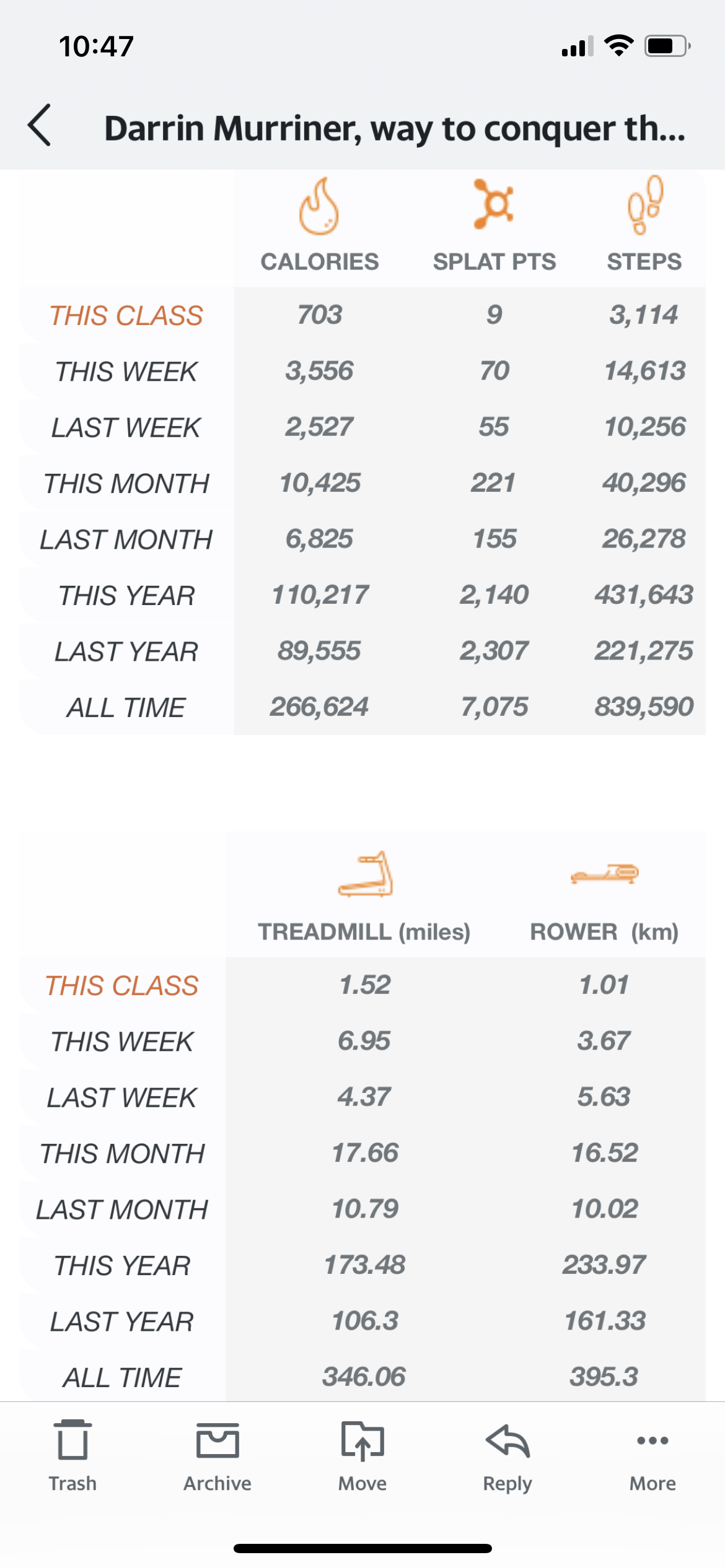
The Future of Data-Driven Development: What's Next (and, already here) For The Workplace
This is precisely what we are doing at Cloverleaf with workplace behaviors. Behaviors like self-awareness, communication, leadership approaches, and cognitive processing. Like Orange Theory, we use coaching, digital technologies, and a focus on the individual to scale change. But instead of physical health, we are making a meaningful impact on things like onboarding, teaming, leadership effectiveness, and collaboration.
Embracing the Future: Data-Driven Innovations in Workplace Development
Just as data can revolutionize our approach in several key areas of life, it also plays a pivotal role in addressing the evolving challenges of the modern workplace. New hurdles continually emerge, requiring innovative and data-informed solutions. Below are several of these challenges, along with some initial strategies to overcome them.
Enhancing Onboarding Experiences: Traditional onboarding often lacks depth in building team connections. The solution lies in innovative approaches that foster immediate rapport and integration, making new hires feel part of the team from the outset.
Expanding Coaching Access: Growth shouldn’t be limited to senior roles. A more inclusive approach involves providing personalized coaching to all levels of an organization, promoting a culture where every employee can develop and thrive.
Connecting Learning to Business Goals: Demonstrating the ROI of learning programs is a crucial challenge. Effective strategies involve aligning learning initiatives with business outcomes by ensuring that development efforts directly contribute to the organization’s objectives.
Supporting Managers in Team Leadership: Modern management goes beyond supervising tasks; it’s about empowering teams. Managers need tools and insights to lead, resolve conflicts, and drive team success effectively.
Building Cohesion in Remote Teams: Remote work can strain team dynamics. Solutions focus on creating tools and practices that maintain team cohesion and trust, ensuring effective collaboration despite physical distances.
Utilizing Behavioral Insights for Team Dynamics: Understanding each team member’s unique strengths and behavioral patterns is essential. Leveraging behavioral assessments can provide valuable insights, enhancing team harmony and productivity.
What difficult-to-measure goals do you have for yourself, your team, and your organization this year, and how can Cloverleaf help provide data and insight to help create healthy habits that lead to growth in the coming year?
Watch the video below to see how Cloverleaf is helping teams scale coaching, prove ROI, and development managers to be effective leaders.

HUMAN SKILL PROGRAMS ARE HITTING LIMITATIONS...
5 THINGS THIS FREE RESOURCE WILL TEACH YOU
- Close the widening gap between learning and on-the-job application
- Overcome the tension of pausing productivity for development opportunities
- Integrate learning so it is actually in the flow of work
- The evolution of human skill development
- What Automated Coaching™ is and how it works.
In an ever-evolving workplace, understanding the true essence of a good leader is more critical than ever. I recently had the privilege to immerse myself in the world of the Air Force – a place where the distinction between good leadership and poor leadership isn’t just about performance metrics; it’s a matter of life and death.
At first glance, leadership skills in such a command and control environment might seem evident through its overt symbols:
- Badges – that denote rank and responsibilities clearly demarcate who leads and the sphere of their leadership.
- The presence of support staff – proportional to rank ensures that those at the top are efficiently organized and achieve their utmost potential.
- Inevitably packed schedules – because if you’re in a position of authority and responsible for budgets, there’s a queue of stakeholders and team members eager to meet with you.
Yet, upon deeper reflection, it becomes apparent that these are merely the superficial trappings of leadership. Such symbols can be deceptive. Titles, packed agendas, or badges don’t inherently qualify one as an effective leader. True leadership transcends these symbols and digs deeper into intrinsic qualities to build trust, a topic we delved into in a previous blog post discussing the nuanced difference between leadership and management.
Key Takeaways
- Titles Aren’t Indicators of Leadership: Leadership often looks different than societal hierarchies suggest and transcends mere designations or ranks.
- Leadership Is An All-Encompassing Endeavor: A genuine leader is someone who avoids biases, develops new skills, leads with empathy, and views failures as stepping stones.
- Leadership Resonates in Quiet Moments: While attributes like courage and bravery are often celebrated, true leadership often shines in the subtleties and the consistent actions taken outside the spotlight.
- Leadership Is A Matter Of Character: Leadership is about understanding and prioritizing others.
In this piece, we’ll go beyond the surface, exploring what truly constitutes effective leadership, spotlighting the qualities of a good leader, and offering insights on how to nurture vital attributes like emotional intelligence, active listening, collaboration, and a positive attitude in the dynamic realm of modern workplaces.

What is Leadership? Dispelling Common Misconceptions
Defining Leadership in a Digital Age
Leadership, a term ubiquitously searched online, often returns results flooded with idealistic portrayals and lofty quotes. But the heart of strong leadership is more nuanced than most quick-tip articles suggest.
Recently, my travels led me to an enlightening read, a magazine named Real Leaders, dedicated to the essence of ethical leadership and its significant impact in the B Corps. The pages weren’t filled with just theoretical knowledge but provided real-world insights from its readership, diving deep into the true essence of leadership. Here are a few excerpts that profoundly captured the essence:
It’s a state of being of a person from a holistic approach. Leadership isn’t compartmentalized; it’s seamless, spanning across communities, personal spheres, and workplaces.
A quintessential leader is not just one who sits on an echelon of authority but is someone unfazed by disruptions. They challenge the norms, ask the questions others dread, learn from their missteps, are quick to forgive, lead with empathy, and create an environment where failures, big or small, are seen as stepping stones and not stumbling blocks
At its core, leadership is about impact. It’s about making a difference in business metrics, lives, and the broader world.
Leadership in Popular Culture vs. Reality
While these encapsulations set a high leadership benchmark, they reflect the profundity and gravitas of the role. Pop culture often glamorizes leadership with poster-worthy qualities like integrity, courage, and bravery. And yes, these attributes are commendable and pivotal. However, in the life of a leader, there aren’t always grand stages to exhibit these. True leadership often resonates in the quieter moments, unsaid gestures, and consistent actions taken in the shadows of spotlighted events.
The Hollywood Image vs. Real Leadership Qualities
Qualities like courage and bravery are often associated with the Hollywood version of leaders. However, it’s essential to shine a light on some frequently overlooked essential leadership qualities that define a great workplace leader.

HUMAN SKILL PROGRAMS ARE HITTING LIMITATIONS...
5 THINGS THIS FREE RESOURCE WILL TEACH YOU
- Close the widening gap between learning and on-the-job application
- Overcome the tension of pausing productivity for development opportunities
- Integrate learning so it is actually in the flow of work
- The evolution of human skill development
- What Automated Coaching™ is and how it works.

5 Essential Characteristics Of A Good Leader
Leadership is not about titles or corner offices but the innate qualities that distinguish impactful leaders from the rest. In today’s world, where everyone claims to have a unique leadership mantra, these time-tested characteristics truly matter. I’ve been fortunate to witness firsthand leaders who embody these traits, and the difference they make is palpable.
Before we delve deeper into each trait, let’s set the stage with a perspective I’ve come to appreciate over the years: Great leadership is as much about understanding others as it is about understanding oneself.
1. ‘Others over Self’ Focus
A mark of exceptional leadership is an unwavering dedication to those they guide. Great leaders demonstrate a deep, genuine interest in the lives of their team members. It’s not merely about recalling a spouse’s name or remembering the age of a teammate’s child. Effective leaders delve deeper into discerning their team member’s motivations, passions, and strengths. Strategic leaders can channel these insights for the benefit of the individual and the collective team.
It’s in the nuanced details where true leadership shines. For instance, sensing mounting anxiety during a meeting and subsequently taking the initiative to address it privately shows an innate sensitivity and responsiveness. This proactive approach, often seeking to understand and aid, is what people genuinely appreciate and desire in their leaders.
Embracing an ‘other-first’ perspective is inherently tied to humility. This leadership style propels strong leaders to value and prioritize others’ well-being over their own interests or accolades.
2. Curious but Decisive
Effective problem-solving is a multifaceted skill. Foremost, it demands a profound curiosity that goes beyond surface-level understanding. Great leaders possess an innate drive to delve deeper, questioning the whys and hows rather than merely accepting things at face value. Gathering relevant data, seeking diverse insights, and then wielding that knowledge with a decisive hand is what differentiates good leaders from the rest.
A recent MIT study sheds light on the intricacies of leadership and character. According to the study, judgment stands out as a pivotal element in shaping one’s character and subsequent decisions.
The authors articulate, As we unpack what character is and how it operates, the critical underpinning is its impact on judgment and the choices we make minute by minute, day in and day out — what we call the micro-moments between stimulus and response. This character-based judgment supports superior performance, and its lack explains both misconduct and poor decision-making.
It’s crucial to understand that while judgment is fundamental to ethical and effective decisions, the pace and efficiency of these decisions are equally vital. Successful leaders ensure that decisions are timely and, if necessary, delegated aptly to prevent any stalling or hindrance to the team’s momentum.
In essence, leadership in the workplace is defined by a combination of insightful decision-making and the adaptability to execute them promptly.
3. Forward-Thinking Vision
The best leaders clearly understand the direction they and their team need to head in. They don’t simply wander aimlessly; they have a sense of purpose, steering their team with effective communication and intentionality. A vision-oriented leader is often future-forward, with a common goal guiding their decisions and actions toward the big picture.
Platforms like Cloverleaf offer invaluable tools for leaders, bolstering their capability to navigate with precision in difficult situations. Specifically, Gallup®’s CliftonStrengths®, supported by Cloverleaf, is instrumental in pinpointing strengths like ‘futuristic’ and ‘strategic’. These are the cornerstones that can be harnessed in setting a coherent and compelling vision for a team or organization.

Cloverleaf: Increase Your Team's Strength Awareness
Engaging with our Team Dashboard leads to a significant uptick in understanding individual strengths. Cloverleaf equips leaders and team members to spotlight and harness these strengths, adapt seamlessly to shifting circumstances, and enhance their teamwork dynamics.
4. Inspirational Amidst Challenges
Integral to leadership is the capacity to inspire others, especially when faced with challenging tasks. No one needs leadership for the easy tasks; it’s during the arduous, uphill battles that true leadership shines. As teams navigate new challenges, there will be moments of doubt and discouragement. True leaders use setbacks as professional development opportunities while fostering a positive work environment.
Inspiring teamwork isn’t about blind positivity but rather genuine encouragement. Great leaders are seasoned coaches spurring their team on, aware of the realities yet instilling hope. This intricate balance ensures that the team members experience empowerment and motivation despite challenges, thanks to a leader who knows how to lift their spirits.
5. Genuine Humility
True humility in leadership is not about downplaying one’s contributions with a dismissive “Oh shucks, it wasn’t me; it was the team.” Rather, it’s rooted in a profound self-awareness that acknowledges limitations. This is the kind of humility that says, “I don’t have all the answers.”
It’s tightly intertwined with the trait of curiosity, as mentioned in the “Curious but Decisive” section. This form of humility actively pursues better solutions, recognizing that they might not always come from the top.
Humble leaders understand, “I don’t always know best,” and therefore seek wisdom and insights from those more knowledgeable. More than just a passive trait, it’s a proactive stance, prompting leaders to demand accountability from their teams and themselves. In essence, genuine humility is about placing the collective good above individual pride, ensuring that decisions benefit all and not just the satisfaction of one.
Final Thoughts
It’s imperative to remember that titles and accolades fade, but the impact of genuine leadership endures. I’ve had the privilege of working with and observing leaders who exemplified these five leadership traits, and their influence has been nothing short of transformative.
The journey of leadership isn’t about reaching a destination; it’s about continuous growth, understanding, and reflection. Aspiring leaders can ponder these characteristics and strive to embody them as role models for their team. Because, in the end, the mark of a great leader isn’t just about leading; it’s about leaving a legacy of positive change.


